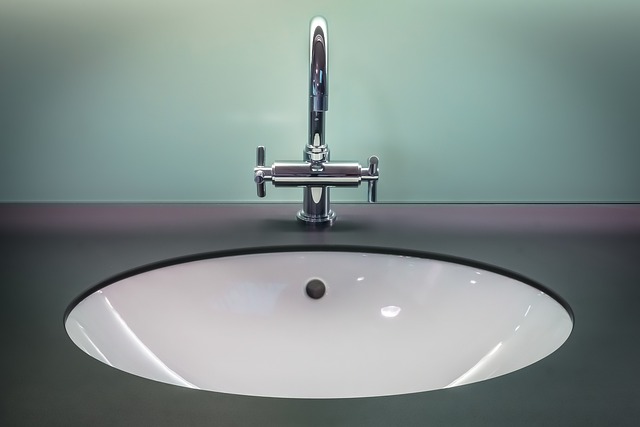There are many different types of vessel sinks. Here are some things to consider when buying and installing one. In addition, there are various materials that a vessel sink can be made of. If you are considering a new vessel sink, it’s best to learn about the material first.
Installing a vessel sink
Installing a vessel sink can be intimidating initially, but the process is quite simple if you have the right tools. Choosing the right hardware can prevent costly mistakes and help you save money in the long run. Regardless of the type of sink you decide on, measure the height of any existing fixtures before you purchase them.
If you are installing a vessel sink over an existing sink, make sure to cut a large enough hole to accommodate the sink. If the vessel sink does not cover the hole, you will need to replace the countertop, which can be costly. Another option is to install a second sink over the first one. Professionals can help you complete the installation.
Another benefit of a vessel sink is that it has higher access than a regular sink. It makes it easier to reach the sink while washing dishes. Another benefit of a vessel sink is less splashing, which helps keep your counters clean. You can also install a faucet with a lower height to prevent splashing.
A vessel sink can be an excellent choice for your bathroom if you want to add a touch of modern style. It is a popular choice among designers and is often seen in high-end homes.
Types of vessel sinks
There are a few different types of vessel sinks available. Some are made from metal, while others are stone. The primary differences between them are their size, shape, and material. Traditionally, sinks have been made from whatever material was available, such as rock. Later, however, metals were used. These were built inside wooden structures and allowed for easier access.
The most popular type of vessel sink is made of glass or ceramic. This material is exceptionally durable and scratch and stain-resistant. It is also available in white. The textured variety often features subtle natural variations, including the precise distribution of coloration. It adds an individual, unique style to each sink.
Another important consideration is the height of the vessel sink faucet. Because of its shallower depth, a vessel sink faucet must be positioned high enough to accommodate it. Otherwise, it can be uncomfortable to use the sink and can result in splashing.
The most common types of vessel sinks are made of stone or metal. They have been around for thousands of years. Some popular stone types include granite, marble, onyx, soapstone, and travertine. However, some more expensive materials, such as marble, can be costly to purchase and install. Some vessel sinks are also made of wood or stainless steel.
The durability of a vessel sink
If you plan to install a vessel sink in your bathroom, it is essential to consider its durability. Since a vessel sink has a higher rim, it is more prone to chipping and cracking. It can make cleaning around the sink more difficult. The sink’s surface can also become susceptible to mold. In addition, a vessel sink lacks secondary water exits and is therefore susceptible to splashback.
Some materials are durable, such as stainless steel. Another common material used in vessel sinks is glass. This material is stronger than porcelain and can withstand everyday use in the bathroom. You can check here https://wetstyle.com/product-category/sinks/vessel-sinks to see some examples of it.
Another important factor in determining the durability of a vessel sink is the type of installation used. If the sink is installed too high, it can be unstable over time, which can be problematic for families with small children.
If you’re planning to install a vessel sink in your bathroom, you’ll want to know what material to choose. Several materials are available, including ceramic, stone, and glass. Which one you select depends on how much you plan on using the sink. Certain materials, such as stone and copper, may require regular sealing, so they must be properly cared for.
Care of a vessel sink
Care of a vessel sink involves routine cleaning and maintenance. The materials used to make a vessel sink will determine the proper maintenance requirements. While a stone vessel sink will require routine cleaning, other materials may require frequent maintenance. Glass and plastic vessel sink need to be cleaned more often than stone sinks. However, these sinks are easy to install, which makes them easy to change or repair.
Care for a vessel sink starts with preventing stains from developing. Using non-abrasive cleaning solutions is the best way to avoid permanent damage to your sink. You can purchase professional stone cleaner solutions from your local tile store or hardware store. Avoid using cleaning solutions that contain acids because they can cause etching on the surface.
A vessel sink requires more maintenance than other types of sinks. Because the basin is exposed, it is harder to clean than an inset sink. A vessel sink can be made from a variety of materials.
